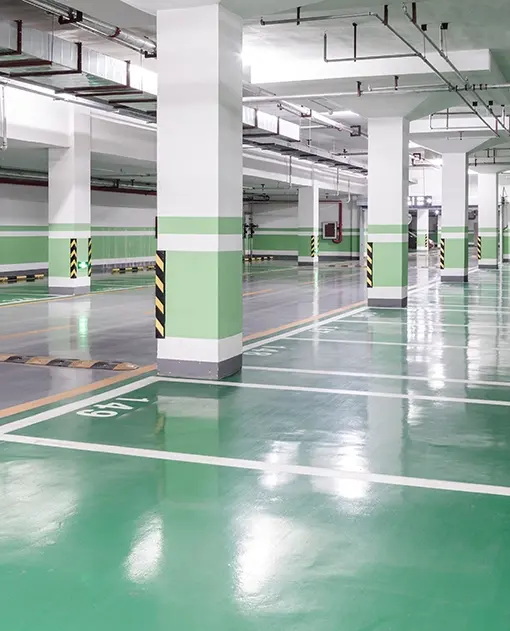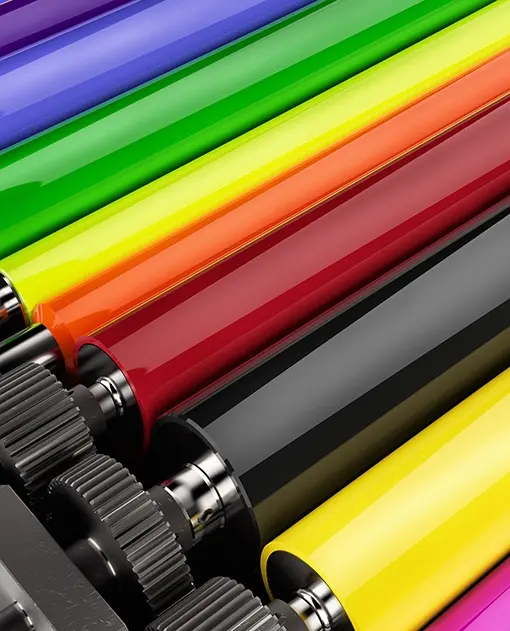Defoamers and Antifoam Agents: How are they used?
Release time: 2025-08-21
In the coatings industry, foam formation not only affects coating uniformity but can also affect coating adhesion and the final product’s appearance. Therefore, defoamers(we also called antifoam agents)as important additives, play a crucial role in coatings production. Defoamers effectively break up foam, while antifoamers inhibit foam formation, ensuring smooth production. In this article, we will focus on the functions of these two additives in the coatings industry.
Table of Contents
1. The Role and Use of Defoamers in Coatings
Defoamers are chemicals that quickly break up or reduce the amount of foam. In coatings production, foam formation typically occurs during mixing and grinding, especially under high shear forces, which can lead to excessive foam generation, impacting coating quality and production efficiency. Defoamers work by reducing the surface tension of the liquid, weakening the surface tension of bubbles, thereby causing foam to break up and preventing excessive or prolonged foaming.
In coatings production, the selection of defoamers is crucial. Different types of coatings, such as water-based, oil-based, and epoxy resin coatings, require different defoamer types and formulations. Water-based coatings typically use silicone-based defoamers because they disperse quickly in water and effectively reduce foam. Oil-based coatings, on the other hand, may use defoamers based on mineral oils, polyethers, and other ingredients. These defoamers are compatible with the oily components and quickly eliminate foam.
II. The Function and Use of Antifoaming Agents in Coatings
Unlike defoamers, antifoaming agents prevent foam formation during the production process. Antifoaming agents modify the surface activity of liquids, inhibiting the formation of foam during the coating formulation process, particularly during the stirring and mixing stages. During the coating production process, antifoaming agents suppress the formation of excessive bubbles, preventing excessive foam accumulation at the source and maintaining coating stability.
The use of antifoaming agents requires precise control. Excessive use of antifoaming agents may alter the coating’s rheological properties, affecting the coating’s application performance. Insufficient antifoaming agent may fail to effectively control foam formation. Therefore, in paint production, antifoaming agents are typically added during the mixing process and need to be adjusted according to the different types of paints. For water-based and solvent-based paints, common antifoaming agents include silicones, fatty alcohols, and polyethers.
III. How to Use Defoamers and Antifoaming Agents Properly
Choosing the Right Additives
The choice of defoamer and antifoaming agent should be determined based on the paint type, production process, and end use. For water-based paints, choose defoamers and antifoaming agents suitable for the aqueous phase; for oil-based paints, choose additives compatible with the oil phase. Furthermore, the presence of other additives (such as thickeners and dispersants) in the paint can also affect foaming, and these factors should be considered when selecting a defoamer.
Appropriate Addition
The dosage of defoamers and antifoaming agents should be determined based on actual production conditions. Excessive defoaming agent may affect the paint’s curing properties and surface smoothness, while too little defoaming agent may not effectively remove foam. The dosage of antifoaming agent also needs to be adjusted based on the foaming situation and should generally be added at the beginning of production.Some antifoaming agents are added before or at the beginning of grinding to prevent foaming during the grinding process, but different systems (such as UV, PU dispersions) may need to be added during the paint mixing stage.
Addition Methods
Defoamers and antifoamers can be premixed or added directly to the paint. Premixing involves mixing the defoamer or antifoamer with other ingredients before production to ensure uniform distribution. Direct addition involves gradual addition during the production process, allowing for more flexible dosage adjustments.It is recommended that readers be reminded that when determining the optimal dosage through experiments, the compatibility and failure risk after aging and storage should be considered, not just the immediate defoaming effect.
Defoamers and antifoamers are essential in the paint production process. Defoamers quickly eliminate foam, ensuring paint quality and appearance; antifoamers prevent foaming, ensuring process stability. The appropriate selection and proper use of these two additives can significantly improve paint production efficiency and product quality, making them a critical step for every paint manufacturer.














